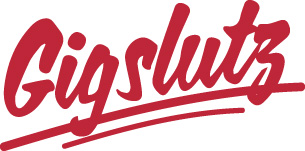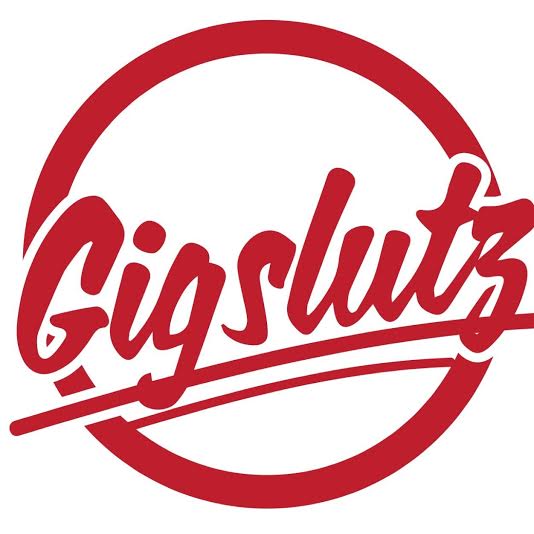Photo: Justin Lim
There’s nothing new in the fact that Disney is one of the most intense companies in the world in terms of keeping the sake of the products they have copyright on. There are some troubling anecdotes that help understand where the company stands in terms of legal precedent, but most recently the case of the franchise “Minions” reached the news as one of the most interesting legal cases in that regard, since they have “freed” themselves from Disney and now are in the category of “public domain”.
One of the worst anecdotes anyone can recall regarding Disney and copyright claims is the one that they took against some daycare centers back in the 80’s, threatening them with financial compensation and ultimately ending up in law suits and forcing those simple businesses to remove paintings (in some cases made by the kids) and have some iconic characters on some walls. Some other companies, like Universal, were a little more cleaver and replaced those paintings on the wall with some of their own Hanna-Barbera characters, like Fred Flintstone and others.
In that context, close to ten years later, some laws even deepened Disney’s control over what they own, as the U.S. Court passed the Sonny Bono Act, granting the company an “extension” of their ownership of certain copyrights, preventing them from reaching the “public domain” status. Some called it the “Mickey Mouse Protection Act”, and not without a reason. This clearly marked a boundary for other companies trying to get into litigation with the “mouse” owner.
This Act, together with those lawsuits against some humble daycare centers in Florida, clearly shows that they don’t really mind public opinion, particularly when they are defending their copyright claims. Some claim this made them weaker as the opinions of consumers can sometimes turn around the mentality of some companies. But not in this case. Not only did they come out of most of those events untouched, but they grew to become the huge company they are at the moment.
Even the Simpsons mocked them at some point with their “Treehouse of Horror XIX”, with a story quite related to these events, called “How to Get Ahead in Dead-Vertising”, featuring a cheap Krusty sandblasting his face off some kindergarten mural. This same episode criticizing the company can be watched on their platform, Disney Plus.
On the opposite side of the street
In contrast, the attitude of other companies, like Universal, the owner of the Minions and all those movies, portraits, and everything related to them, is quite different in terms of what public image represents to them. Actually, they understood that the Disney approach might be OK for companies that had a legacy to keep and didn’t believe in innovation or even the might of free publicity.
There isn’t any major city in the world that doesn’t have a Minion somewhere, even if it means a fire hydrant painted yellow and an eye drawn to it. Whole murals, impressive stencils picturing them in all kinds of mayhem, are just some of the quite common images of these loveable creatures, resembling some of those iconic little creatures of the past, such as the Penguins of Madagascar and the Angry Birds, amongst many others.
This is significant in terms of advertising for a company, even for a behemoth like Universal, because, as the real “Wolf of Wall Street” once said, “there is nothing such as bad advertising.” Even when the representation of a minion might not be as perfect as some executives might like, the sole resemblance to the real creature will pop a laugh in anyone that has seen any of their movies.
Even for those that might not have seen any of the multiple movies that depict these adorable yellow creatures, like “Despicable Me” and its two sequels, but also some standalone movies like “The Minions” or the last one, “Minions: The Rise of Gru”, this will definitely call to their curiosity and maybe make them enter the cinema to watch one or all of them.
Game changer
It´s definitely a change of mind for many companies, that others are taking in consideration, in particular those of the music industry in their fight against copyright free music. This example is perfect in terms that this royalty-free music is becoming more and more popular in some social media platforms, and it´s something that most of the large record companies can´t withstand.
As it´s the perfect platform for many independent young musicians to take off, it´s a legal battle between those that think that own the creative world, versus a group of people that just want to have a taste of glory making their own path.
Of course this translate in another magnitude, to what Universal represents versus a massive colossus as Disney is, but still, this win is a great one in terms of starting beating them in a concept that quite bumps against todays reality. In particular when their grip of quite popular and big hit sellers as Star Wars has backfired more than once, in particular with the new trilogy of movies.






